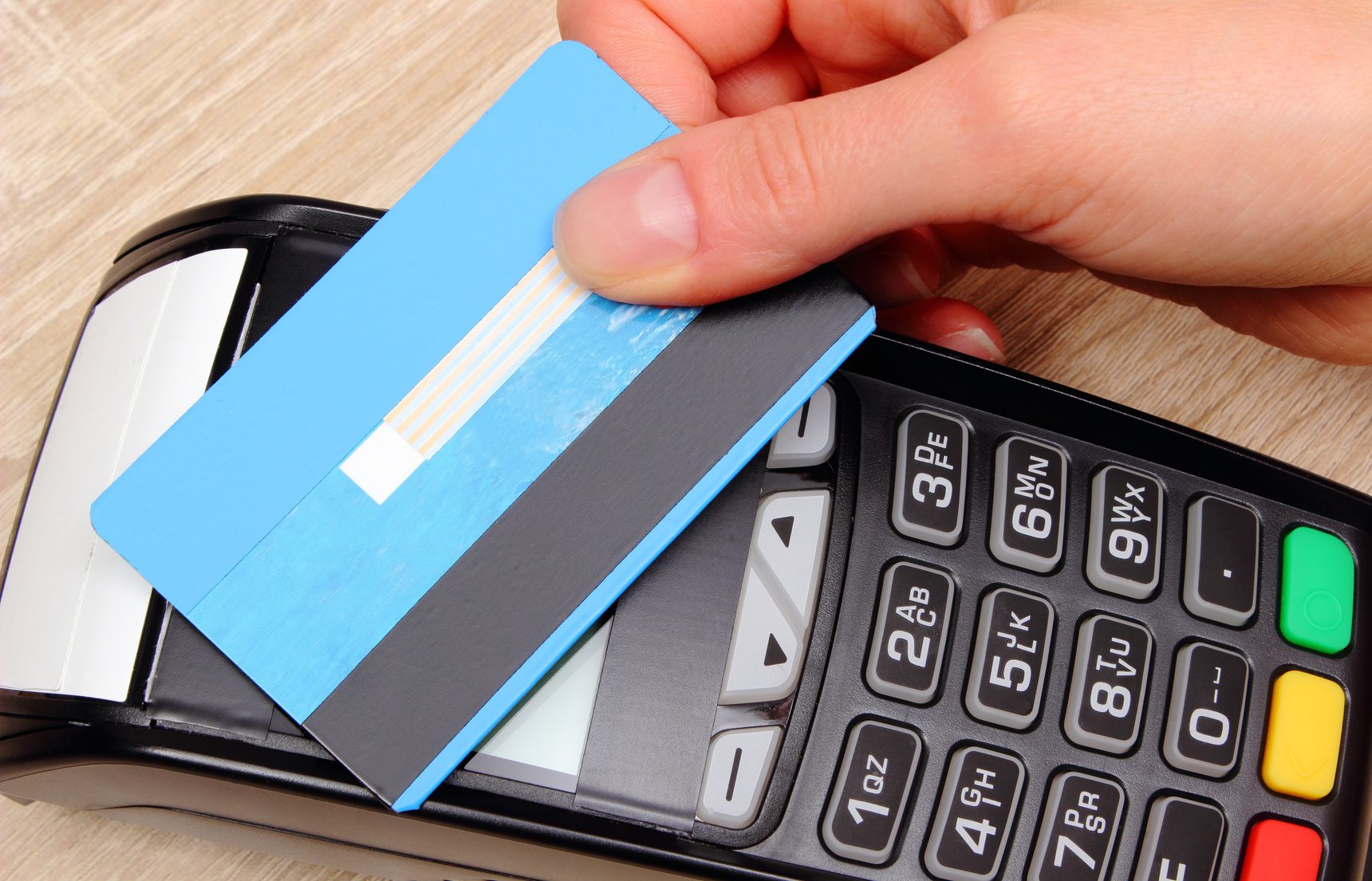Do you use contactless payments? Do you “tap & go” with a card? Do you use a mobile wallet to pay at the local grocery store?
Don’t be ashamed if you don’t. Most people do not. Even though we are in the midst of a pandemic, the allure of a touch-free transaction has not driven the American consumer in droves to the idea of contactless payments.
Yes, contactless use is up, particularly outside of the U.S. As a recent article in the Wall Street Journal points out:
Now the pandemic has accelerated contactless usage, including in the U.S. Visa and Mastercard reported 40% year-over-year global growth for tap-to-pay or contactless transactions in the first three months of this year. PSCU, a U.S. credit-union service organization for payments, reported that over 12% of in-person transactions on contactless-enabled debit cards were by tap in late July and early August, up from about 8% in mid-January.
For those following the contactless space, it should come as no surprise that the growth of contactless in the U.S. is far behind the growth in many other developed and developing countries around the globe. The WSJ addresses this issue:
Contactless payments have long been a laggard in the U.S., even as they have grown to a majority of face-to-face transactions in some countries. Tap-to-pay tends to be a faster alternative to chip-insertion cards. Still, in the U.S. likely less than 5% of in-person transactions were via contactless methods at the outset of this year, according to Bernstein estimates.
There are a number of factors that are holding back the broader adoption of contactless in the U.S.
Probably the biggest problem that the U.S. faces when it comes to contactless is simple awareness. In a recent post, I spoke about small business lack of awareness (confusion) around which contactless options they are able to accept.
Further, many consumers are not aware of the contactless options available to them. I recently moderated a series of focus groups and virtually none of the participants knew if their card was contactless enabled or not. Issuance of contactless cards is also spotty; some of the big issuers were active in getting these cards in circulation while other issuers were not as enthusiastic. Additionally, as the article points out, only about one-third of debit cards are contactless capable. Ownership goes a long way to awareness.
Much of the lack of awareness and outright confusion around contactless in the U.S. can also be attributed the very complicated financial services industry. There are thousands of registered financial institutions issuing debit and credit cards. Many people have a debit card from their primary FI but a credit card from another FI. The acquiring environment is even more complicated with new entrants emerging seemingly every week. In order for contactless to succeed, these players all need to get in line. This will be about as simple as herding a thousand cats.
Overview by Peter Reville, Director, Primary Research Services at Mercator Advisory Group










